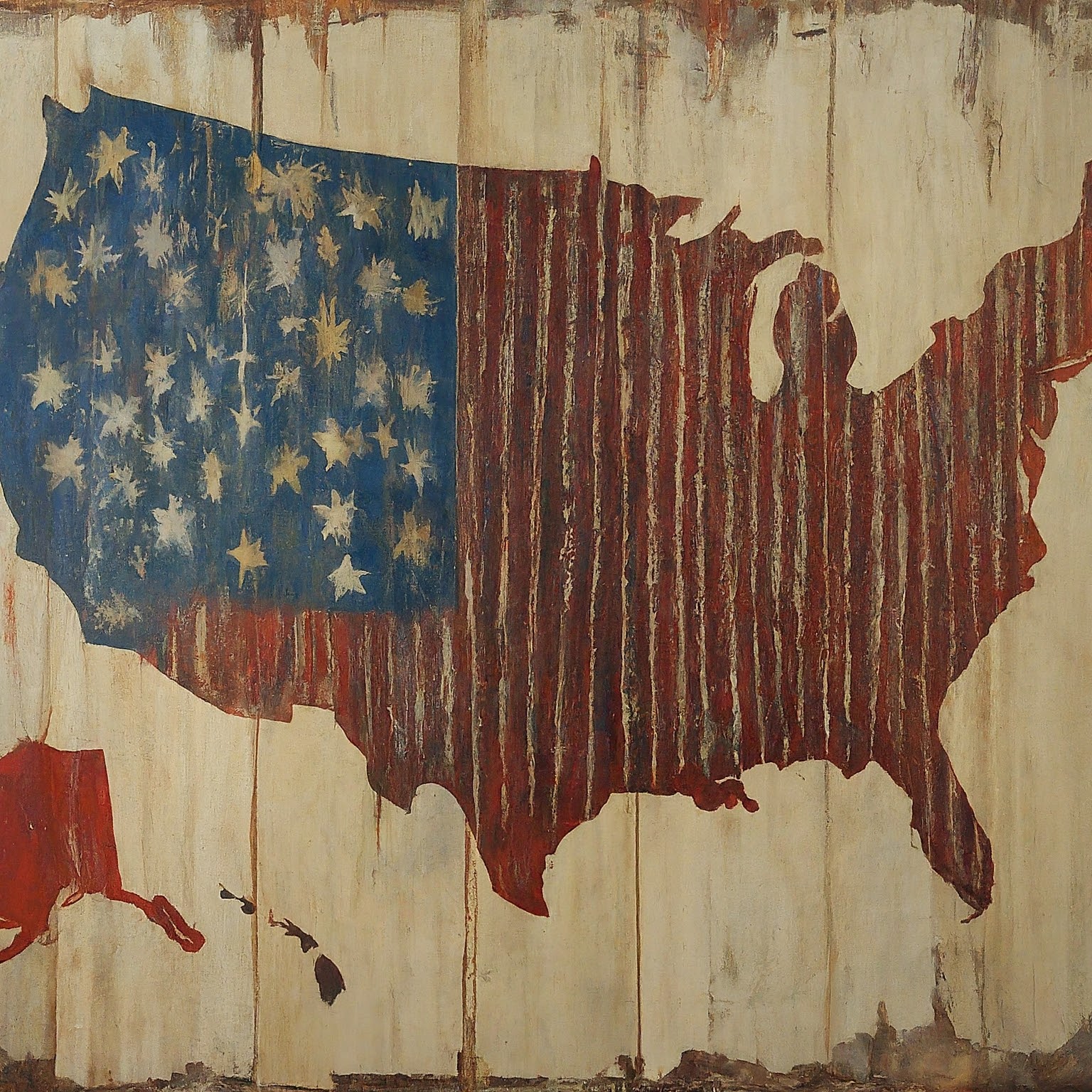In the intricate world of telecommunications, the US country code, represented by the simple yet powerful ‘+’ symbol followed by the digit ‘1’, serves as the gateway to connect with individuals and businesses across the United States. Whether you’re dialing from another country or simply trying to understand the structure of American phone numbers, the US country code is an essential element in facilitating seamless communication. In this exclusive article, we will embark on a journey to explore the origins, significance, and proper usage of the US country code, shedding light on its role in the global telecommunications network.

The US Country Code: A Brief History
The US country code, +1, was assigned to the United States in 1954 as part of the North American Numbering Plan (NANP). The NANP is a comprehensive telecommunication numbering plan that encompasses 25 countries and territories in North America, including the United States, Canada, and several Caribbean nations.
The International Telecommunication Union (ITU), a specialized agency of the United Nations responsible for coordinating global telecommunication operations and services, developed the concept of country codes. The ITU’s E.164 standard defines the international public telecommunication numbering plan, which includes country codes, area codes, and local phone numbers.
Significance of the US Country Code
The US country code serves as a unique identifier for the United States in the global telecommunications network. It allows individuals and businesses from around the world to easily connect with American phone numbers, ensuring seamless communication across borders. The ‘+1’ prefix acts as a signal to international carriers that the subsequent digits represent a phone number within the United States, triggering the necessary routing and connection protocols.
In addition to facilitating international calls, the US country code is also used in various online and digital platforms to identify phone numbers and verify user locations. This helps businesses and services tailor their offerings and comply with regulatory requirements specific to the United States.
Structure of US Phone Numbers
US phone numbers, including the US country code, adhere to a specific structure defined by the NANP. This structure consists of three main components:
- Country Code: The ‘+’ symbol followed by the digit ‘1’ represents the US country code.
- Area Code: The next three digits represent the area code, which identifies a specific geographic region within the United States.
- Local Phone Number: The final seven digits represent the local phone number, which is unique to the individual or business within the area code.
For example, a typical US phone number would look like this: +1 (212) 555-1212, where ‘+1’ is the country code, ‘212’ is the area code for Manhattan in New York City, and ‘555-1212’ is the local phone number.
Using the US Country Code
When making calls from within the United States, you typically don’t need to dial the US country code. However, when making international calls to the United States, it is essential to include the ‘+1’ prefix before the area code and local phone number. This ensures that your call is correctly routed to the American telecommunication network.
Similarly, when providing your US phone number to someone in another country, it’s crucial to include the US country code to ensure they can reach you. Failing to include the country code may result in failed connections or misrouted calls.
The Role of Area Codes
While the US country code identifies the country, area codes play a vital role in pinpointing the specific geographical region within the United States. The NANP divides the country into numerous Numbering Plan Areas (NPAs), each assigned a unique three-digit area code. These area codes help route calls to the correct local exchange or central office, ensuring efficient and accurate call delivery.
Area codes are not static; they can change or be added as the demand for phone numbers grows in specific regions. The FCC oversees the assignment and management of area codes in the United States, ensuring that the numbering system remains scalable and adaptable to future needs.
Beyond Traditional Phone Calls
While the primary function of the US country code is to facilitate voice calls, its significance extends to other communication channels in today’s digital landscape.
- Text Messaging (SMS): When sending international text messages to a US phone number, you need to include the US country code before the area code and local phone number.
- Online Services and Applications: Many online platforms and applications require users to provide their phone numbers for verification or two-factor authentication purposes. When registering on such platforms, ensure you include the US country code if you have an American phone number.
Challenges and Considerations
While the US country code system is generally efficient and reliable, there are a few challenges and considerations to keep in mind:
- Area Code Overlays: In some regions, multiple area codes may serve the same geographical area, known as an overlay. In such cases, it is essential to dial the area code even for local calls to ensure proper routing.
- Number Portability: While number portability allows users to keep their existing phone number when switching carriers, it can sometimes lead to confusion when determining the correct area code for a particular number. In such cases, online directories or carrier websites can help identify the current area code associated with a specific phone number.
- VoIP and Virtual Numbers: The rise of VoIP and virtual phone numbers has introduced some complexities to the traditional area code system. VoIP services often allow users to choose area codes that may not correspond to their physical location, while virtual numbers can be assigned to any area code, regardless of the user’s actual location.
The Future of the US Country Code
As technology continues to advance and communication paradigms evolve, the future of the US country code remains intertwined with the broader telecommunications landscape. While the core function of the country code is likely to remain unchanged, we can anticipate some developments and adaptations in the years to come:
- Expansion of Area Codes: As the demand for phone numbers continues to grow, we can expect the introduction of new area codes and potential modifications to existing ones to accommodate the increasing number of subscribers.
- Integration with Emerging Technologies: The US country code may play a role in facilitating communication through emerging technologies such as satellite-based internet and 5G networks, ensuring seamless connectivity across various platforms and devices.
- Enhanced Security and Fraud Prevention: With the rise of cyber threats and phone scams, we can expect increased focus on security measures and fraud prevention mechanisms associated with the US country code system.
Conclusion
The US country code, +1, serves as a vital link in the global telecommunications network, enabling seamless communication with individuals and businesses across the United States. Its simple yet powerful structure facilitates the routing of calls, identifies phone numbers, and verifies user locations, playing a crucial role in both traditional and digital communication channels.


